If you’re like most homeowners, you probably don’t want any grass growing in your carpets. Carpet grass can be a real pain to get rid of, but with this guide, you’ll be able to eliminate it quickly and easily. We’ll answer some common questions about how to kill carpet grass, as well as provide some useful tips that will make the process much easier. So if you’re ready to say goodbye to your carpet grass woes, keep reading!
Table of Contents
How to Identify Carpet Grass
Carpet grass is a low-growing, wide-bladed turfgrass that is used for lawns, pastures and as an ornamental cover. It has dark green leaves, grows in dense clumps and adapts to wet or dry areas. This perennial grass can be established from seed or sod and is common throughout the southeastern United States where it prefers sandy soils.
The grass is fairly shade tolerant but will also grow in full sun areas. It has moderate wear tolerance and produces minimal thatch if properly maintained. Carpet grass can tolerate salt but should not be planted in highly saline soils.
Before you can start killing carpet grass, it’s important to identify it correctly. Carpet grass is a perennial turfgrass that grows in dense mats and can quickly fill large areas. It forms shallow runners along the ground, rooting at intervals and spreading rapidly.
To accurately identify carpet grass from its lookalikes, examine the leaf blades for clues. Carpet grass has distinct ‘V’-shaped leaf tips, which are shorter and more rounded than the pointed ‘V’ of bermudagrass. The leaf blade itself is also quite coarse and leathery in texture, compared to the finer blades of St. Augustinegrass. Lastly, carpet grass can turn a red-brown color when mature. [1]

Methods to Get Rid of Carpet Grass
If you notice carpet grass invading your lawn, act quickly to prevent it from spreading and taking over. Carpet grass can easily choke out turfgrasses and other plants, out compete for resources and make your lawn look unsightly. Fortunately, there are several methods you can use to get rid of carpet grass, which may depend on the severity of the infestation. In this article, we’ll explore some of the most common and effective ways to kill carpet grass.
Make nature your ally
One of the most effective and least labor-intensive methods is to enlist nature’s help. If you have a large area that needs to be cleared of carpet grass, it may be possible to take advantage of the weed’s preferences in order to eradicate it.
Carpet grass doesn’t like either drought or dry conditions. If you can encourage a dry spell in the area, then the grass will start to die off over time. This is one of the most natural ways to get rid of it.
In order to do this, you’ll need to either overwater or under-water the affected area. If you’re hoping to get rid of the grass quickly, then opt for the former as this will cause it to die off more rapidly. To ensure the method will work, water the area with salt water or create a barrier to prevent the carpet grass from getting any water at all.
You may also consider raising the pH of the soil. Carpet grass prefers acidic soils, so by increasing the pH you can make it harder for the grass to survive. This is another natural method that won’t require much effort and may be a good option if you’re looking for an environmentally-friendly solution.
Fertilizing your soil regularly can help the lawn grass to thrive while making it more difficult for carpet grass to do the same. With regular fertilization, your turf will be better able to out-compete the weed, meaning that you won’t need to resort to more drastic methods.
Obviously these methods are a no-go if you have other plants or turfgrass in the area that you don’t want to risk killing. Additionally, this will only work if you have enough time to wait for the grass to die off naturally, which can take several weeks.
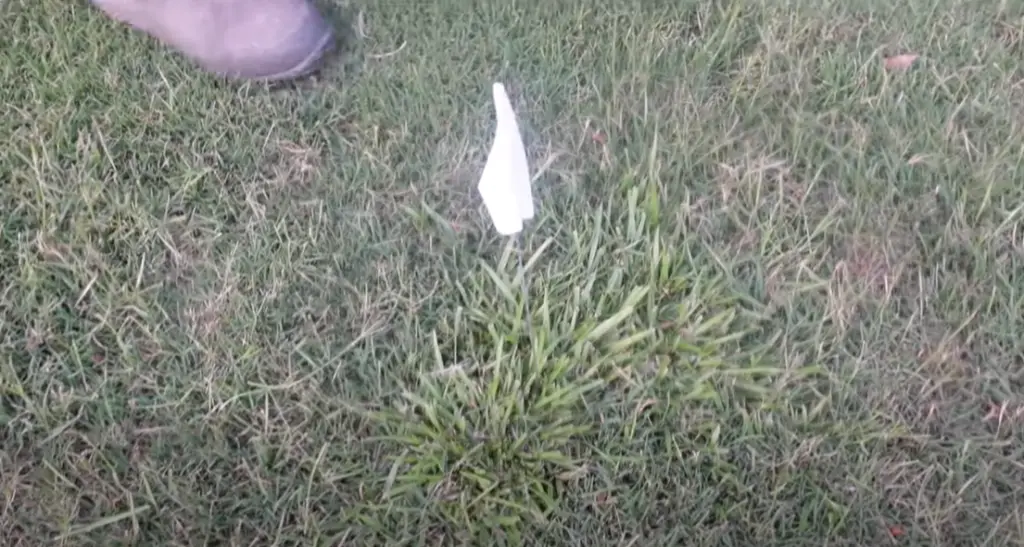
Manual removal
For those who are looking for a more immediate solution, then manual removal may be your best option. This involves physically removing each piece of carpet grass by hand and disposing of it.
This method is labor-intensive but also highly effective and relatively straightforward. All you’ll need is a spade or shovel and some protective gloves. You’ll want to dig around the perimeter of each clump of carpet grass, getting as much of the root system out as possible. Once you’ve removed the grass, dispose of it in your green waste bin.
It’s important to note that manual removal isn’t always possible depending on the severity of the infestation and the type of soil you have. For example, very sandy soils can make it difficult to pull out carpet grass completely due to its shallow root system. In these cases, you may need to resort to chemical herbicides or even burning as a last resort.
Make sure to dispose of any waste carefully and in accordance with local laws to ensure you don’t accidentally spread the grass elsewhere.
Vinegar method
Vinegar is a popular, natural and easy-to-use weed killer. It contains acetic acid which can burn the leaves of weeds and other unwanted plants. To use this method, mix up a solution of white vinegar (5% acetic acid) with salt to help the solution stick to the leaves of your weeds. For small areas, you can use a spray bottle but for larger ones, a pump-up sprayer is better.
Once you have the vinegar solution ready, douse the carpet grass with it and wait for 24 hours. The acetic acid will burn off their leaves, killing them right away. For best results, apply this method on a sunny day when there is no rain forecasted in the next few days.
Be careful when applying vinegar as it will also kill any nearby desirable plants like turfgrass if you’re not careful. Also note that vinegar will only kill above-ground growth so you’ll need to reapply every few weeks until all new growth has been killed off.
Keep in mind that vinegar doesn’t work on all types of weeds, so be sure to check what type of weed you’re trying to get rid of before using this method. For example, it won’t work on perennial weeds like carpet grass.
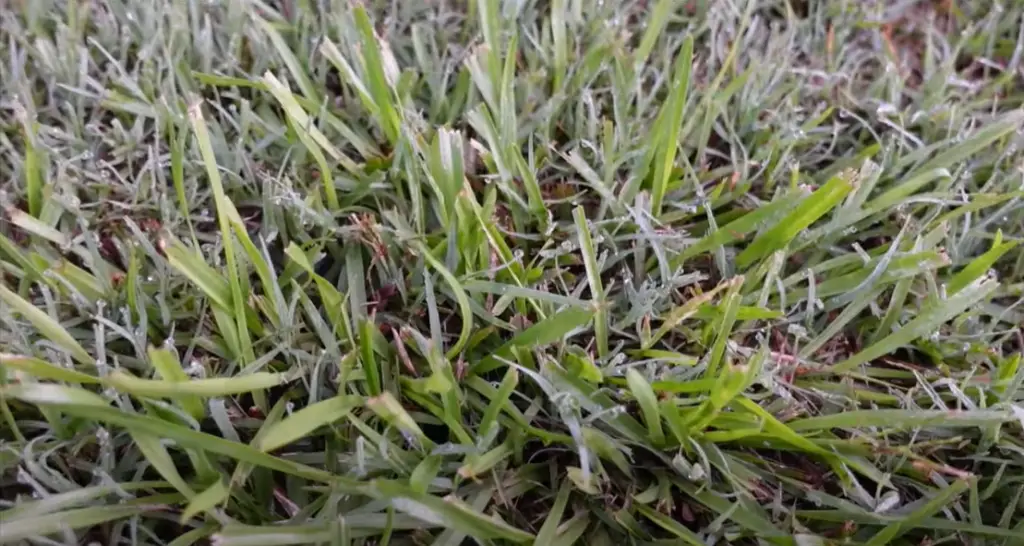
Apply borax over your grass
Borax is an effective way to control carpet grass as it kills the roots and prevents its spread. It can also be used on other unwanted weeds, such as crabgrass, which often grow alongside carpet grass.
You may need to do this several times for larger infestations, but borax is generally effective in killing carpet grass within a few days. Be sure to wear protective gloves and a face mask when applying borax as it can be irritating to your skin and lungs.
Sprinkle baking soda
Baking soda is a great home solution to many lawn problems, including getting rid of carpet grass. It alters the pH level of the soil and prevents new seeds from germinating. To use baking soda for controlling carpet grass, you will first need to water the affected area. Sprinkle baking soda on the grass evenly and water again to help it soak in. For an extra boost, you can mix one tablespoon of dish soap for every two tablespoons of baking soda. The solution will kill existing carpet grass but won’t prevent new seeds from germinating so you’ll need to repeat the process weekly.
It’s worth noting that this method isn’t the most effective one out there, but it’s certainly worth a try if you’re looking for an affordable and easy solution.
Use a laundry detergent
You’d be surprised that certain laundry detergents can be effective for killing carpet grass. Detergents contain surfactants that break down the waxy layer that helps protect carpet grass from drying out. When this layer is disrupted, it causes the plant to dehydrate and eventually die.
To use a laundry detergent to kill carpet grass, mix two spoons of powder or liquid detergent in one gallon of water and pour it into a garden sprayer. Thoroughly saturate the carpet grass with the mixture and wait for a few days until it dies off. Be sure to wear protective clothing and avoid getting the solution on other plants as it may damage them too.

Chemical herbicides
For those who have a larger infestation that isn’t suitable for manual removal, then chemical herbicides may be your best option. These can be used on either warm- or cool-season grasses, but it’s important to choose the right product depending on what type of turfgrass you’re trying to control.
Non Selective postemergence herbicides contain active ingredients like glyphosate and can be applied to the entire lawn. These are effective at killing carpet grass on contact, but they will also kill any other plants in the area so you’ll need to take extra care when applying.
Be sure to check with your local lawn and garden store for more information on what type of herbicide to use as this will depend on your particular situation. Additionally, always follow the manufacturer’s instructions carefully when applying any chemical products and wear protective clothing where necessary.
Using too much of herbicide or applying it during times when it won’t be effective (like during drought) can lead to problems down the road. Therefore, use caution when using chemical herbicides and contact your local extension office if you have any questions before proceeding. [1], [2], [3]
FAQ
How long will vinegar take to kill carpet grass?
Vinegar can be used to kill carpet grass and is effective at killing the top layer of the weed. However, it won’t be a permanent solution as the weed will likely regrow or spread from other areas. To ensure complete eradication of carpet grass, vinegar should be combined with other methods like solarization or herbicides.
The time it takes for vinegar to completely eradicate carpet grass depends on several factors such as climate, soil condition and type of weed. Generally speaking, if you apply vinegar directly onto the weed in warm weather, you may start seeing results within 1-2 days with full results within 2-3 weeks.
It’s important to note that vinegar is not selective and will damage any plants it comes into contact with, so be sure to only apply it directly on the carpet grass. Additionally, you will need to re-apply the vinegar multiple times as weeds regrow from their roots or spread from other areas.
How do I get rid of Carpet weed?
The most effective way to get rid of carpet weed is to use a systemic herbicide. Systemic herbicides are absorbed by the plant and move throughout the entire plant, killing it at its roots. Spot treatments with a non-selective contact herbicide may also be used on smaller infestations of carpet weed. However, spot treatment can become costly depending on the size of the area that needs to be treated and only kills the areas where it lands directly.
When using any type of herbicide, be sure to read and follow all label instructions carefully for proper application and safety measures. In addition, you should make sure that any pets or children are not present in the area being treated when applying any type of chemical agents.
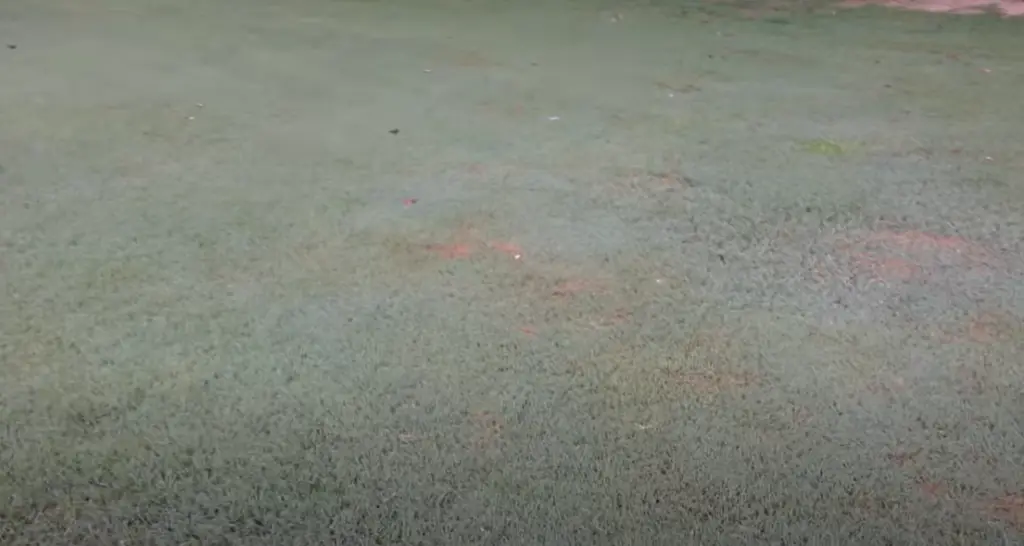
Will vinegar kill couch grass?
Vinegar can be used to kill couch grass in certain circumstances, although it is not always the most effective option. Vinegar’s acidity level is low enough that it may take multiple applications before visible effects are seen. To use vinegar as a herbicide, you would need to spray undiluted vinegar directly on the couch grass until it is completely saturated. Be sure to exercise caution when spraying and avoid any contact with other plants nearby. After application, it may take several days for the couch grass to die off; if there is no observable effect after three days, reapplication of the vinegar may be necessary.
It should also be noted that vinegar will only work on actively growing couch grass; dormant or dead patches won’t react at all. Furthermore, vinegar is nonselective and will damage any other plants it comes into contact with, so take extreme care when applying. For these reasons, it’s often recommended to use a more specialized herbicide that is tailored for couch grass control.
What kills carpet grass the fastest?
One of the most effective ways to kill carpet grass is with an herbicide containing glyphosate. Glyphosate works by killing the plant from the inside out, which means it will be absorbed through the leaves and roots. It can take several weeks for complete control of your carpet grass, but you will see results quickly. Be sure to read and follow all directions carefully when applying any weed killers or herbicides.
When using a glyphosate-based product, it’s best to apply it in late spring when temperatures are warmer and humidity is higher, as this will give it more time to work before being washed away by rain. You should also avoid mowing your lawn until after the herbicide has been applied so that it can reach deeper into the soil and be more effective.
Does carpet grass go dormant?
Yes, carpet grass does go dormant when temperatures drop to a certain level. In areas with cold winters, the grass will turn brown and become less active until warmer weather returns. This process is normal for the plant and does not necessarily indicate the need for treatment or removal.
However, it doesn’t die when the winter arrives. Carpet grass is perennial and can survive for long periods of time. In order to kill the grass, you will need to apply herbicide directly to the carpet grass in the form of a liquid or granular product.
Useful Video: The BEST Way to Destroy Bermuda Grass: CARPET
Conclusion
Carpet grass is one of the most persistent lawn grasses, but by following the steps outlined in this guide, you can effectively kill it and keep it from coming back.
In this article, we gave you a comprehensive guide on how to kill carpet grass. We discussed the different methods of killing it, including using pre-emergence herbicides, manual removal techniques, and other solutions. From all natural methods like digging up the grass to chemical-based solutions like spot treatments, there is no shortage of ways to rid your lawn of this pesky weed.
No matter what method you choose, make sure that you use the proper safety equipment and take all necessary precautions when using chemicals or fertilizers. Take the time to familiarize yourself with local laws and regulations regarding pesticide and herbicide use before applying any products to your lawn. Additionally, be sure to never spray near water sources or areas where children or pets might play.
With some patience, hard work, and careful consideration of the methods discussed in this guide, you can effectively kill carpet grass in your lawn and prevent it from coming back again! Thanks for reading!
References:
- https://www.hunker.com/12241356/bermuda-vs-fescue-grass
- https://www.lawnstarter.com/blog/lawn-care-2/how-to-get-rid-of-carpetgrass/
- https://www.solutionsstores.com/carpetgrass-control

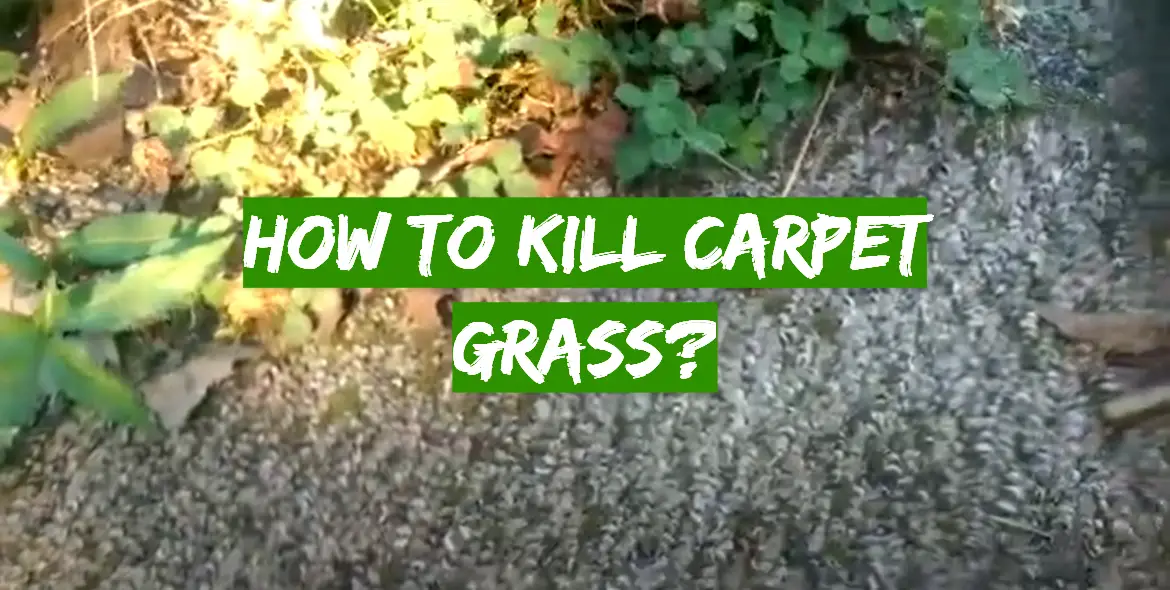


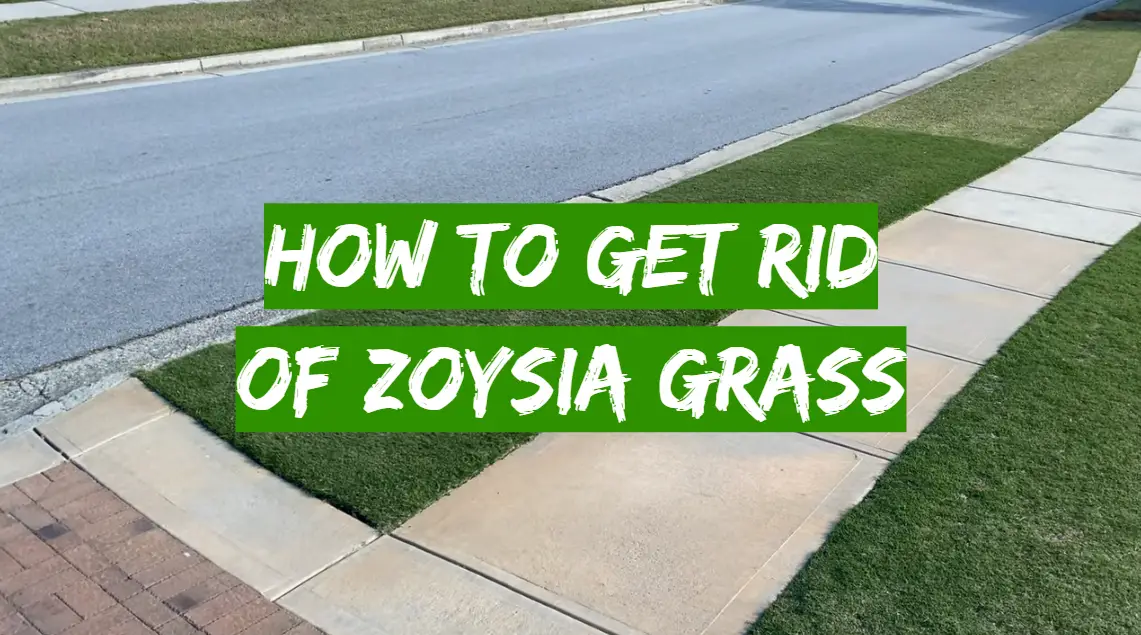
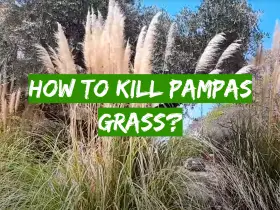
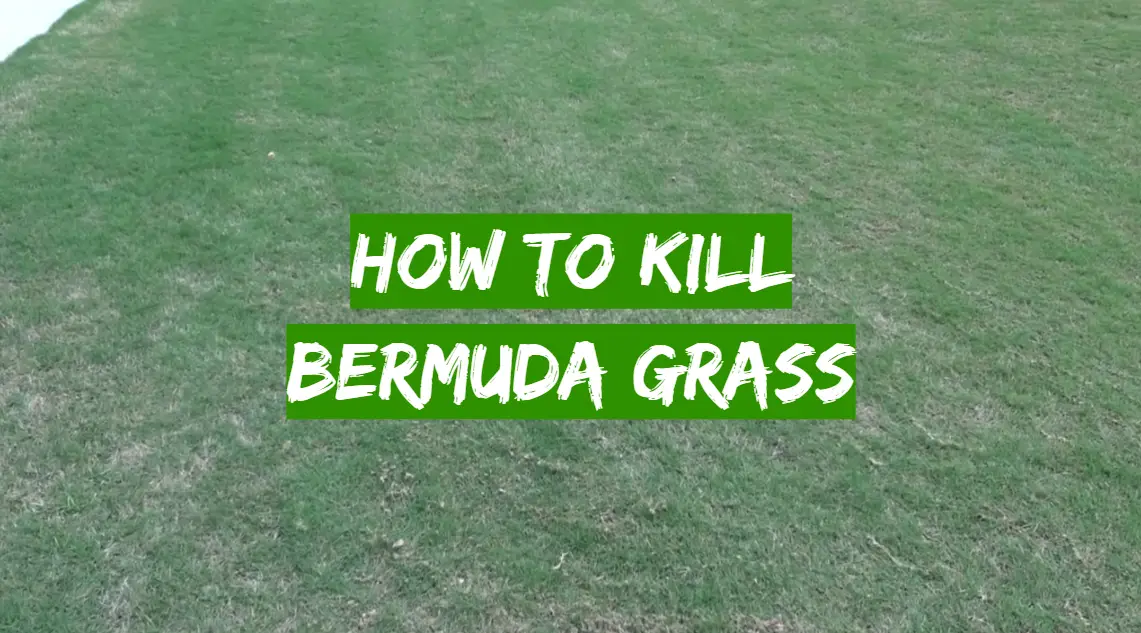
Leave a Reply
View Comments